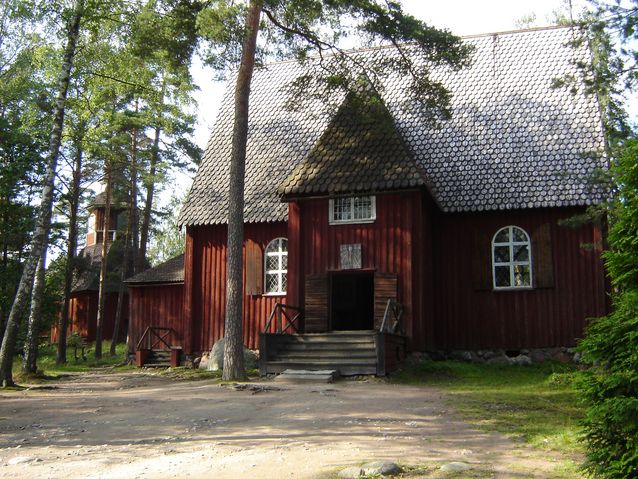Axel Olai Heikel
Axel Olai Heikel
Born April 28, 1851, Brändo, Åland Isles. Died September 6, 1924, Huopalahti, Helsinki.
Docent, Finnish folklore, Imperial Alexander University, 1889-93
Curator, Muinaistieteellinen toimikunta (‘Committee for mediaeval studies’), 1893-1917
Curator, Seurasaari open-air museum, 1917-24
Research trips
Among Mari, Mordvinic and Udmurdic speakers in the Urals, 1883-86
Baltic region, 1885, 1900-03
Sayan Mountains, Siberia, 1889
Mongolia, 1890
Äänisjärvi (Lake Onega), Tver, 1903
Honours
Honorary Professor, University of Helsinki, 1920
Written by Tomas Sjöblom
Translated by John Calton

